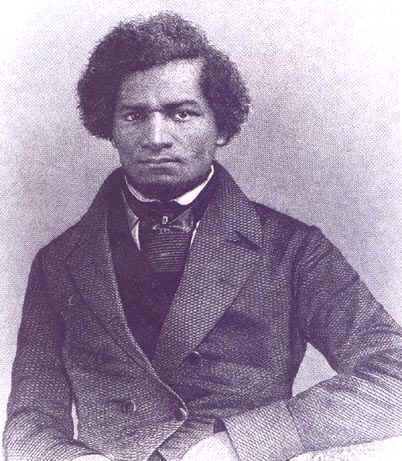
Born into slavery, Linda spends her early years in a happy home with her mother and father, who are relatively well-off slaves. When her mother dies, six-year-old Linda is sent to live with her mother’s mistress, who treats her well and teaches her to read. After a few years, this mistress dies and bequeaths Linda to a relative. Her new masters are cruel and neglectful, and Dr. Flint, the father, soon begins pressuring Linda to have a sexual relationship with him. Linda struggles against Flint’s overtures for several years. He pressures and threatens her, and she defies and outwits him. Knowing that Flint will eventually get his way, Linda consents to a love affair with a white neighbor, Mr. Sands, saying that she is ashamed of this illicit relationship but finds it preferable to being raped by the loathsome Dr. Flint. With Mr. Sands, she has two children, Benny and Ellen. Linda argues that a powerless slave girl cannot be held to the same standards of morality as a free woman. She also has practical reasons for agreeing to the affair: she hopes that when Flint finds out about it, he will sell her to Sands in disgust. Instead, the vengeful Flint sends Linda to his plantation to be broken in as a field hand.
When she discovers that Benny and Ellen are to receive similar treatment, Linda hatches a desperate plan. Escaping to the North with two small children would be impossible. Unwilling to submit to Dr. Flint’s abuse, but equally unwilling to abandon her family, she hides in the attic crawl space in the house of her grandmother, Aunt Martha. She hopes that Dr. Flint, under the false impression that she has gone North, will sell her children rather than risk having them disappear as well. Linda is overjoyed when Dr. Flint sells Benny and Ellen to a slave trader who is secretly representing Mr. Sands. Mr. Sands promises to free the children one day and sends them to live with Aunt Martha. But Linda’s triumph comes at a high price. The longer she stays in her tiny garret, where she can neither sit nor stand, the more physically debilitated she becomes. Her only pleasure is to watch her children through a tiny peephole, as she cannot risk letting them know where she is. Mr. Sands marries and becomes a congressman. He brings Ellen to Washington, D.C., to look after his newborn daughter, and Linda realizes that Mr. Sands may never free her children. Worried that he will eventually sell them to slave traders, she determines that she must somehow flee with them to the North. However, Dr. Flint continues to hunt for her, and escape remains too risky.
After seven years in the attic, Linda finally escapes to the North by boat. Benny remains with Aunt Martha, and Linda is reunited with Ellen, who is now nine years old and living in Brooklyn, New York. Linda is dismayed to find that her daughter is still held in virtual slavery by Mr. Sands’s cousin, Mrs. Hobbs. She fears that Mrs. Hobbs will take Ellen back to the South, putting her beyond Linda’s reach forever. She finds work as a nursemaid for a New York City family, the Bruces, who treat her very kindly. Dr. Flint continues to pursue Linda, and she flees to Boston. There, she is reunited with Benny. Dr. Flint now claims that the sale of Benny and Ellen was illegitimate, and Linda is terrified that he will re-enslave all of them. After a few years, Mrs. Bruce dies, and Linda spends some time living with her children in Boston. She spends a year in England caring for Mr. Bruce’s daughter, and for the first time in her life she enjoys freedom from racial prejudice. When Linda returns to Boston, Ellen goes to boarding school and Benny moves to California with Linda’s brother William. Mr. Bruce remarries, and Linda takes a position caring for their new baby. Dr. Flint dies, but his daughter, Emily, writes to Linda to claim ownership of her. The Fugitive Slave Act is passed by Congress, making Linda extremely vulnerable to kidnapping and re-enslavement.
Emily Flint and her husband, Mr. Dodge, arrive in New York to capture Linda. Linda goes into hiding, and the new Mrs. Bruce offers to purchase her freedom. Linda refuses, unwilling to be bought and sold yet again, and makes plans to follow Benny to California. Mrs. Bruce buys Linda anyway. Linda is devastated at being sold and furious with Emily Flint and the whole slave system. However, she says she remains grateful to Mrs. Bruce, who is still her employer when she writes the book. She notes that she still has not yet realized her dream of making a home for herself and her children to share. The book closes with two testimonials to its accuracy, one from Amy Post, a white abolitionist, and the other from George W. Lowther, a black antislavery writer.














